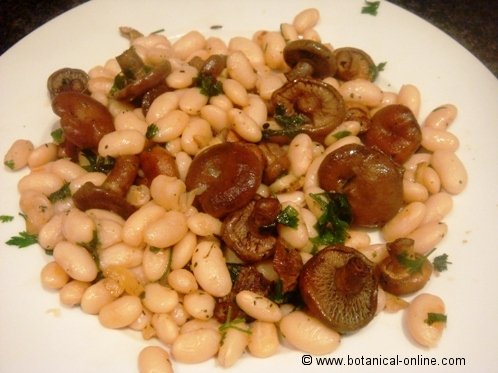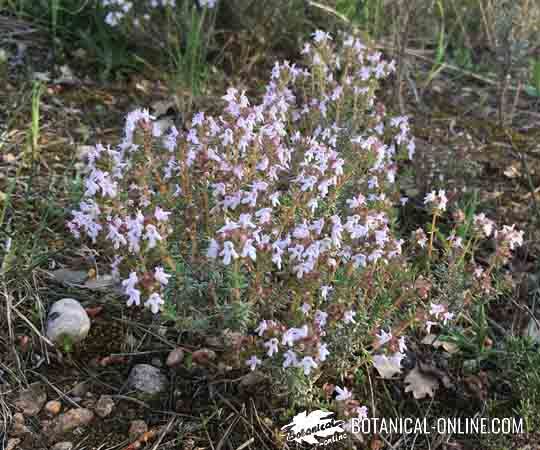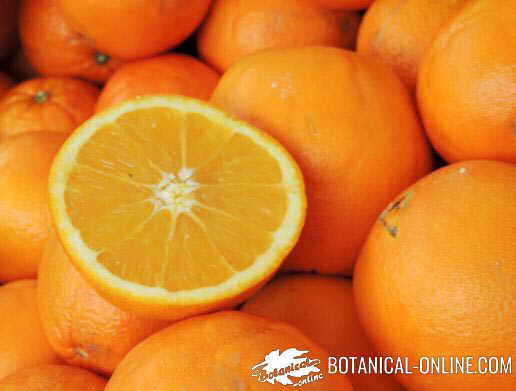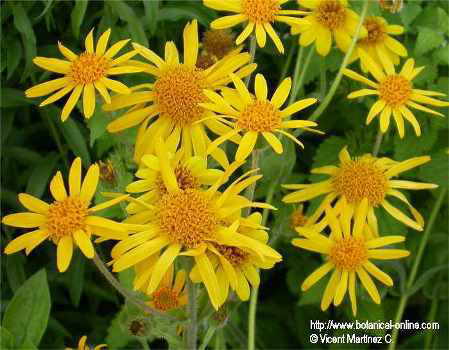Contents
Medicinal properties of agar agar
BENEFITS OF AGAR AGAR
What is agar agar?
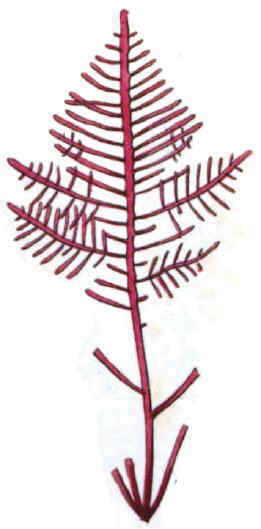
Agar agar is a product obtained from numerous algae, mainly of the genus Gracilaria, Gelidium and Eucheuma. All of these algae are characterized by belonging to the group of red algae. These algae are small, have a reddish stem and are rich in mucilage, a type of fiber. These are extracted pouring hot water on them once they are dried in the sun.
Traditionally this activity was mainly done in Japan from Gelidium Amansii Kütz. The mucilage or jelly, once harvested and dried, is sold in powder, filaments, rods or flakes in what is called Agar-Agar.
How does agar agar is produced?
The production process of agar-agar from red algae contains the following parts:
- Drying of algae: Once collected, the algae are dried in the sun.
- Alkalinization of algae: Once dried, they are placed in a container with very hot water in which an alkali product, such as caustic soda, has been poured.
- Washing and bleaching with cold water, Then, the algae are washed with cold water to remove all impurities. Sulfuric acid is added to disalcalinize them and sodium hypochlorite for bleaching them. Finally, they are cleaned with cold water.
- Extraction by cooking: The product is extracted by subjecting the washed and bleached algae to a process of cooking for two hours.
- Filtering: The filtering aims to separate the product from other waste such as rocks, shells, dirt, etc. This is accomplished by passing the water with the algae thorough different filtering tanks.
- Gelling: A process intended to bring the product to the texture of a gel. To to this, the algae are cooled by different processes from 80 º C to 25 º C.
- Pressing and drying: After this, the product is compacted by a press and dried with hot air.
- Grinding, sieving and packaging: Finally the algae are ground and sieved before being packed.
Why do we use the agar agar for?
The properties of agar agar are numerous. It is used primarily in the following areas:
- Food Industry: The food industry uses it as a food additive with the code E-406. It is a natural thickener, non-toxic, with no flavor, not degradable by acid or proteolytic enzymes, and with no many calories. The thickening ability of agar agar comes from its power to make the liquid more viscous so that it produces what is called a gelling effect, that is to say, it makes a liquid to become a gel.
Therefore, it is very suitable for the manufacture of canned fish and meat because it compacts them and provides them a better texture. Moreover, this product forms a layer that protects these foods from contact with the metal walls of the container. By doing this, it prevents canned food to become rusted (cooked meat, ham, shoulder, sausage, canned chicken, etc)
The beverage industry (beer, wine, etc) uses it to purify and clarify the liquids because it settles the impurities to the bottom. Other packaged products such as fruit juices, sauces, soups, yogurt, curds, ice cream, cakes… also contain agar-agar as a thickener or stabilizer.
It is the natural substitute for animal gelatin obtained from bones and skin. In this regard, agar agar is highly valued within the vegetarian people who use it in many recipes.
(More information on the properties of agar agar food in the listing below)
- Metalworking: Used to improve the coating of metal objects made out of lead or zinc or to encourage the stretching of certain metals
- Paper industry: Its use provides waterproofing properties to paper
- Leather industry: Used to promote the leather tanning.
- Textile industry: It gives strength and stiffness to clothes and facilitate printing.
- Pharmaceuticals: The pharmaceutical industry includes it in the composition of many drugs and excipients, to improve taste, color, texture, etc. It is also used to form the cover of some preparations such as suppositories, pessaries or gels. It is one of the basic ingredients in the preparation of drugs for constipation.
- Natural medicine: In natural medicine is mainly used as a laxative and in slimming cures. (More information on the medicinal properties of agar agar in the listing below)
- Cosmetics industry: It become a part of the manufacture of skin creams.
- Microbiological research: agar agar is one of the main culture media for microbiological research. It presents a greater capacity than any animal gelatine to resist microorganisms and remain stable at a suitable temperature for incubating them. On the other hand, it can be solidified or become easily a gel, allowing the microorganisms to be mixed in it easily.
Where does agar agar is produced?
Traditionally, agar agar is produced in Asia, mainly China, Korea, Japan and Indonesia. Although it has been used since ancient times in the East, it is documented for the first time in the seventeenth century in Japan. In Europe it was not used until the nineteenth century
At present, there are many countries that produce it. These include, for example, United States, Korea, Spain, France, Morocco, Chile, South Africa and Portugal. Among all the varieties, the Atlantic agar agar stands out. This is obtained form the alga Gelidium sesquipedale. Spanish production of this type of alga in Galicia is very well known.
Most of agar agar is produced for human consumption, and only about 10% is used for other applications.
Main species an varieties of algae currently used to produce agar agar?
Most of the agar agar is derived from the following two kinds of algae:
- Gelidium: It inhabits rocky places of eulitoral and sublitoral zone. Eulitoral area (= interdital) is that part of the coast that lies between tides, so it is devoid of water at low tide and is covered with it when the tide rises. The sublitoral zone extends from eulitoral area and is characterized by being permanently covered by water. In general, the species of this genus do not like excessive sun exposure and prefer moderate temperatures between 15 and 20 º C.
Formerly there were plenty of productive areas of these algae in Japan, but industrial pollution has extinguished most populations in this area. The main collection areas are currently on the north coast of Spain, the east coast of Portugal, the west coast of Morocco and the southwest coast of France. To a lesser proportion, they are also found in Indonesia, on the southwest coast of Mexico and the southeastern coast of Korea.
- Gracilaria: They inhabit the eulitoral areas of sandy soils. They need higher temperatures, although there are species adapted to colder waters, and more easily resist external aggressions, such as freshwater input or fertilizer.
The species that prefer warmer areas live in coastal areas of Indonesia and southern China. Some of these species are grown in ponds and estuaries. Other places with lower production are the west coast of South Africa and the coast of Namibia.
Species adapted to cold areas can be found in places such as southern Chile and eastern Canada.
Other genres used extensively in some regions are Gelidiella which is the most commonly used in India, Pterocladia in Russia and Ahnfeltia in New Zealand and the Azores.
Collection and cultivation of agar agar
Although most of the agar agar is obtained from collecting it naturally in coastal areas, it is increasingly spreading its cultivation. Among the species grown, Gracilaria is the most used and the only one that, in most cases, can be considered economically viable.
There are three main methods for the cultivation of Gracilaria:
- Open cultivation in estuaries or bays: Sandy soils are required. On these type of soils, algae are placed for them to take root and develop new algae.
- On ropes or nets: They form a sort of row with filaments or nylon or polypropylene ropes to which algae are attached so they can thrive. Each line is held on stakes that are inserted and fastened to the bottom of the water. Sometimes they are fixed on nets that in turn are placed into the sea ground with bamboo poles.
- On ponds or pools: In this case, a pond is sown so that the algae become entrenched to the bottom. Since they are not anchored as in the previous cases, we need to do so in not very windy ponds.
Each pond should be about 60 or 70 cm deep and must contain a whole surface of one or half hectare. Salinity and temperature must be controlled, something which is done by means of a water supply from the outside, so that each pool or pond should be connected with a salt water source and another source of fresh water.
To get a proper salinity, water should be added or removed. Since it requires a constant temperature of about 15 to 30 º C, more water should be added when the outdoor temperature is higher so that the sun does not heat the water from the bottom too much. On the contrary, some water should be removed when the temperature is lower to allow that sunlight can access to the deeper level of water and heat it.
![]() More information about agar agar.
More information about agar agar.

